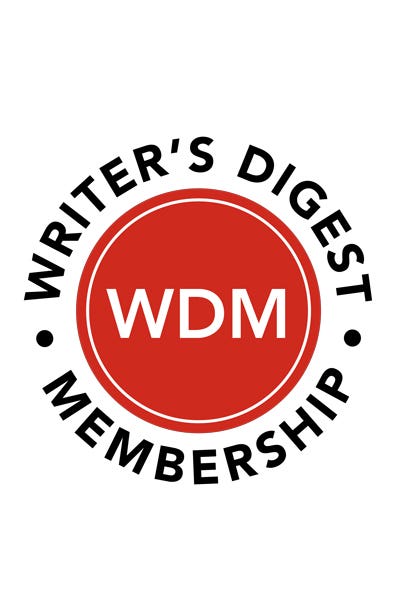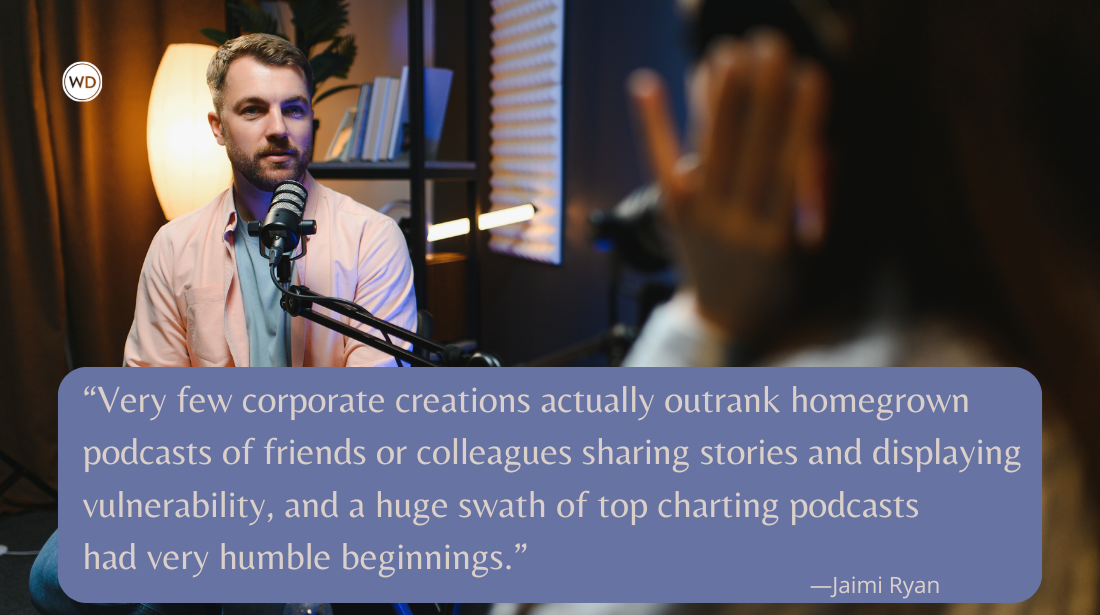5 Nature Magazines Open to Submissions
Explore five nature magazines open to submissions from writers.
It’s only natural that we cover nature magazines this time around. The target audience for these magazines can vary from people who appreciate looking at the natural world to those who are committed to protecting it.
Since many of these magazines prominently feature images, a writer with great photography skills can really improve their stock in this category. However, many writers make their way with words alone by discussing plants, animals, geologic features, waterways, and more.
Here are five nature magazines to get you started.
Birds & Blooms (BirdsAndBlooms.com)
Launched in 1995, Birds & Blooms is a bimonthly magazine focused on the “beauty in your own backyard.” As the title suggests, the stories and images in this magazine celebrate birds and flowers.
The editors say, “Our magazine covers a wide range of topics such as attracting hummingbirds, building birdhouses, gardening for butterflies, feeding birds for less, growing veggies, tales of readers’ birding experiences, plus a whole lot more.”
Professional bird, garden, and nature writers (i.e., writers who wish to get paid) can query via their online submission form (BirdsAndBlooms.com/submit-your-story) by entering your query in the “Enter Your Story” box. Sections open to professionals include Gardening and Birding Features (1,000 words max), Travel, and DIY. Be careful not to submit on spec with this market. Payment negotiated if the query is accepted.
The editors say, “If we print your submission in the magazine, we will send you a complimentary copy of the issue in which it appears, and any compensation as may be specified by us in writing.”
Orion (OrionMagazine.org)
Founded in 1982, Orion is a quarterly magazine focused on nature writing. Most issues include a mix of nonfiction, fiction, and poetry that covers nature and culture.
The editors say, “It is Orion’s fundamental conviction that humans are morally responsible for the world in which we live, and that the individual comes to sense this responsibility as he or she develops a personal bond with nature.”
Prospective writers should haunt Orion’s guidelines page (OrionMagazine.org/submission-guidelines) which regularly changes with new and specific calls for submissions with links to make submissions via Submittable—usually for nonfiction pitches (for essay, memoir, or reporting) related to the upcoming theme.
The editors advise, “In general, we’re not able to consider submissions for poetry, fiction, or AI-assisted works at this time, even during an open pitch window.”
Sierra (SierraMagazine.org)
Sierra is the official magazine of the Sierra Club, the oldest grassroots environmental group in the United States. Published quarterly, Sierra publishes “a mix of long-form features, shorter dispatches, adventure-led science writing, personal essays, and service journalism.”
The editors say, “We’re looking for reported stories on a range of environmental and social justice issues from writers who can bring to our audience a broad array of perspectives and writing styles. Our contributors have a demonstrated ability to write smart, fun, incisive, and well-researched stories for a diverse and politically informed national readership.”
Potential writers can pitch Sierra using an online form (SierraClub.org/sierra/sierra-forms/submissions-sierra-magazine) for a variety of areas: Features (3,000–4,500 words); Notes From Here & There (800 words); Field Trip (1,200 words); Material World (750–1,500 words); Culture Desk (1,200 words); Treehugger (900 words); Eyewitness (625 words); Stress Test (500 words). In general, features receive $1 per word and the other departments are paid between $250 and $2,000.
SierraMagazine.org also publishes daily content and offers a standard fee of $450 for online stories and $250 for reviews and opinion pieces.
The editors say, “We’re always on the lookout for new voices and perspectives in environmental journalism and writers who can deliver tight copy in a speedy timeframe. We are especially interested in analysis of environmental news and policies that can step back from the headlines and offer readers a smart and original take on the latest environmental-related developments.”
Texas Parks & Wildlife (TPWMagazine.com)
Texas Parks & Wildlife is published 10 times a year by the Texas Parks and Wildlife Department. This magazine offers a mix of articles on state parks, conservation, recreation, and more.
The editors say, “We are looking for strong, well-researched, and eloquently written stories on all aspects of the Texas outdoors. Texas Parks & Wildlife covers state park destinations, conservation issues, trends, and such outdoor activities as fishing, hunting, camping, bicycling, canoeing, and hiking.”
Features run 1,500–2,500 words and are usually focused on state parks, conservation stories, recreation stories, or hunting and fishing. The regular departments include Trail Mix (100–300 words covering outdoors news across the state); Wild Thing, Flora Fact (700 words focused on the unique characteristics of Texas animals and plants); Legacy (1,200 words focused on Texas history, historical figures, and lore); and Travel (1,200 words spotlighting a Texas outdoor destination that might include restaurants, museums, sights, history, and culture).
Prospective writers can pitch up to two story ideas per query letter (along with three published clips) to Editor Russell Roe via email (Russell.Roe@tpwd.texas.gov).
The editors say, “We prefer that stories be written in an active rather than passive voice. Use present tense when possible. Use good quotes.”
Wildsam (Wildsam.com)
Founded in 2012, Wildsam is a travel magazine that may seem to be an odd fit for this list of magazines, except that it’s a magazine focused on road trip destinations, including natural wonders—whether they’re the destination or part of the journey itself.
As the editors say, “We seek out the real and rooted things, and share pathways to deep connections and wonders in the world—for travelers and locals alike.”
Prospective writers can pitch feature articles (1,500–3,000 words) to submissions@wildsam.com. Departments include Outpost (500 words), Gas-N-Snack (200 words), Road Icon (300 words), The Special (300–500 words), Driving Force (300–500 words), Memento A (250 words), and MY RV A (300–500 words). Be sure to include two to three published clips as attachments or links. This magazine pays roughly $1 per word.
The editors say, “Some of our features we think of as ‘quests’—reported narratives of a writer … following the migration of monarch butterflies, seeking a Wisconsin fish-fry that still serves local perch, playing the last three machines of a rare pinball game on the Jersey Shore. Both the bar and the ceiling for creativity here is high, a timely hook is a plus, and the best pitches will show evidence of reporting.”
Quick note on a couple of freelancing terms
The term “on spec” (short for “on speculation”) refers to the process of submitting a complete manuscript to a publication without first querying. There are some cases when submitting “on spec” may make sense and improve chances of publication for nonfiction, and it’s the only way to submit for short stories and poetry. However, it often behooves a nonfiction writer to query an editor first to agree on a slant for the piece and payment terms before it is assigned.
Meanwhile, the term “published clips” refers to previously published articles by the writer that are often included with a query letter as part of the submission package. Published clips are helpful for editors who have not worked with a freelancer before, to get a sense of their writing style. As such, freelancers should include published clips that are relevant either in subject or tone when including with a query.









